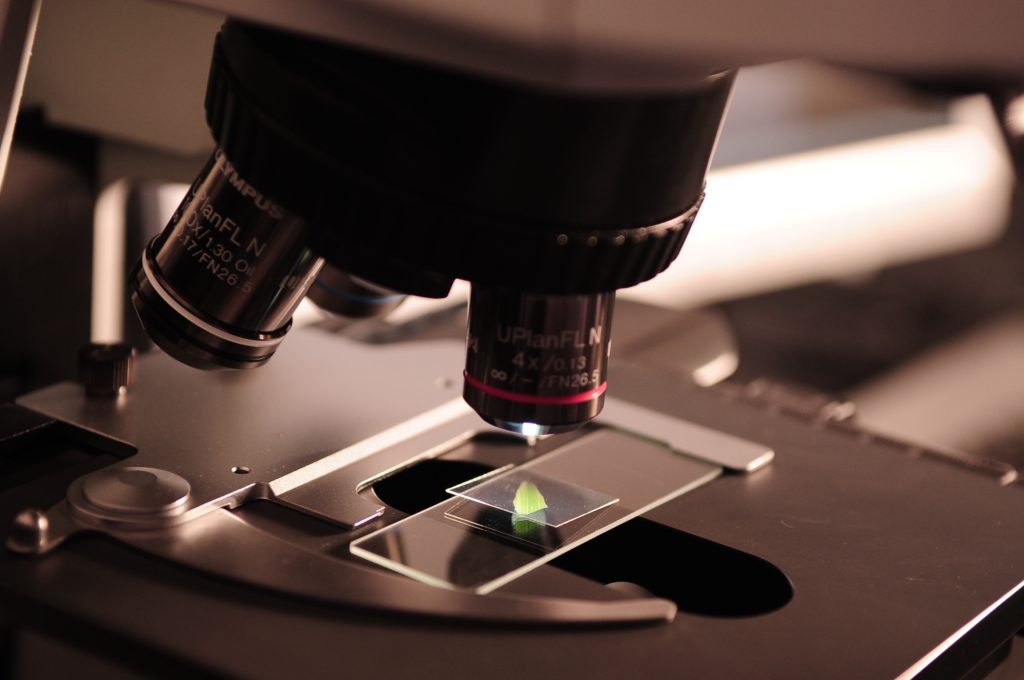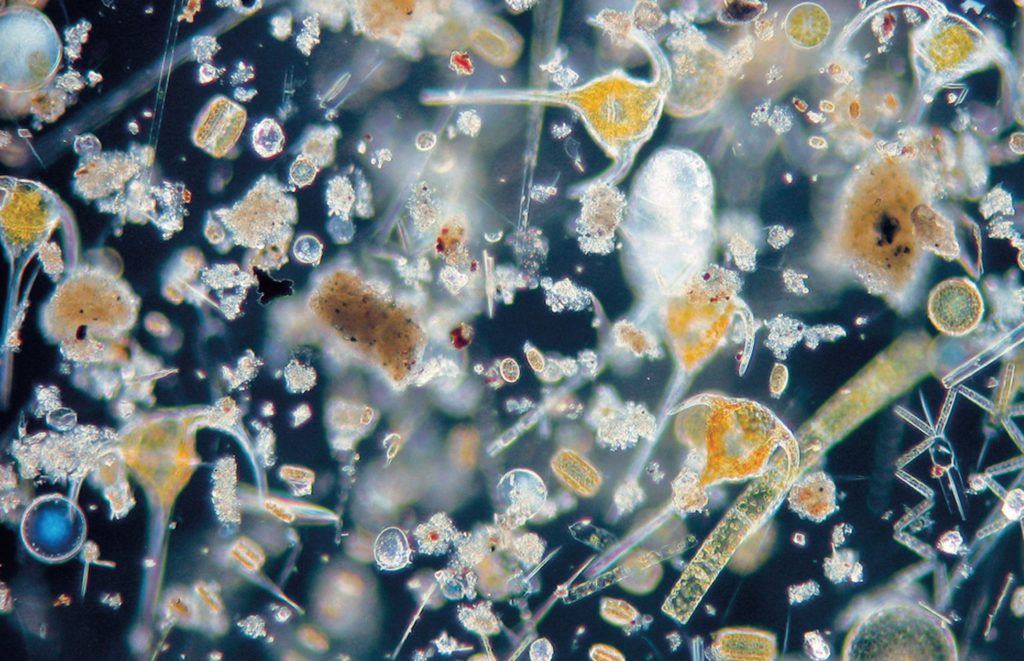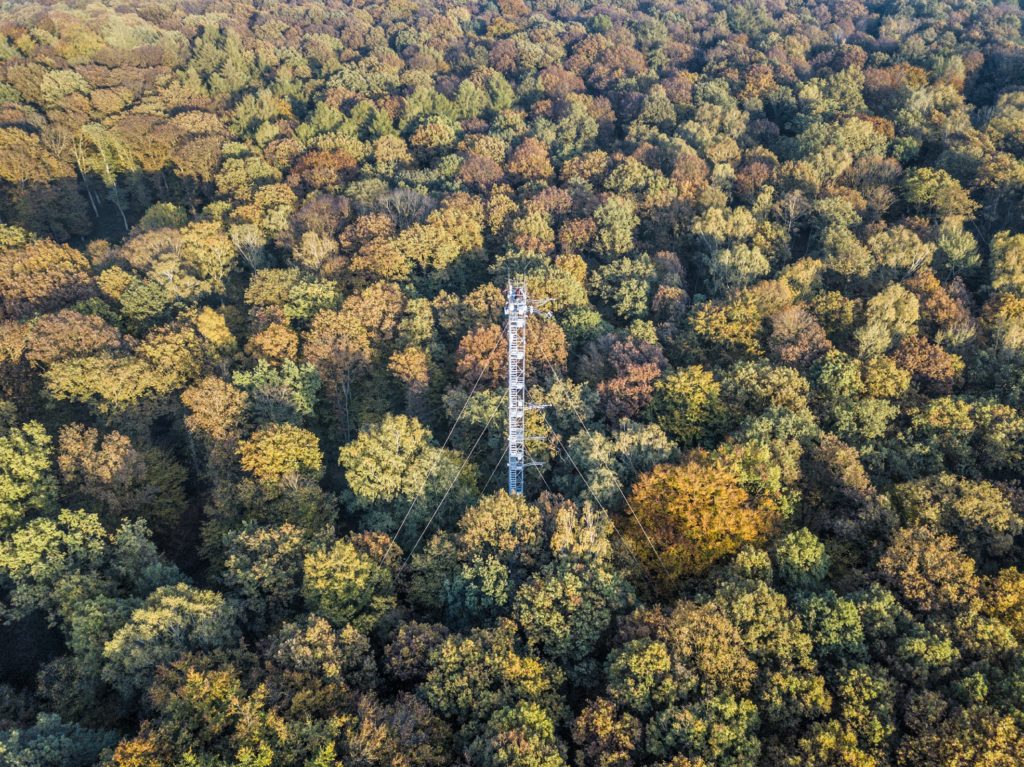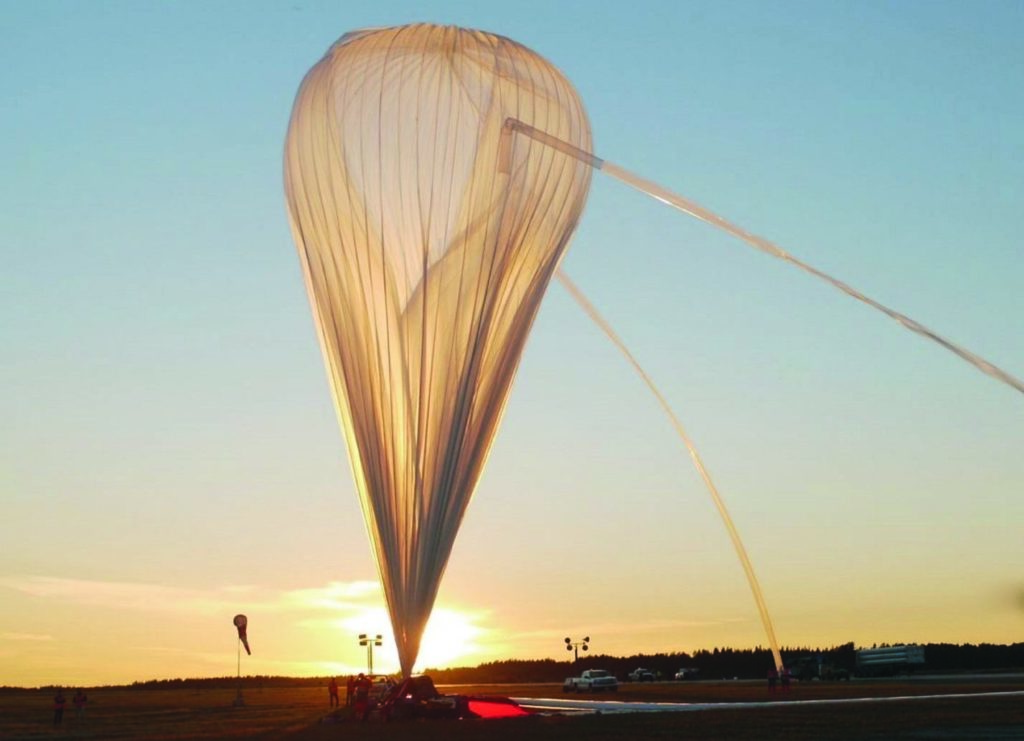2 Research Centres
In the Research Field Earth and Environment, seven Helmholtz centers are working together to gain a better understanding of the earth system. They explore the complex processes that determine our natural foundations of life – from the highest atmosphere to the Earth’s deepest crust, from the past to the future, from the land surface to the oceans to the most remote polar regions.







